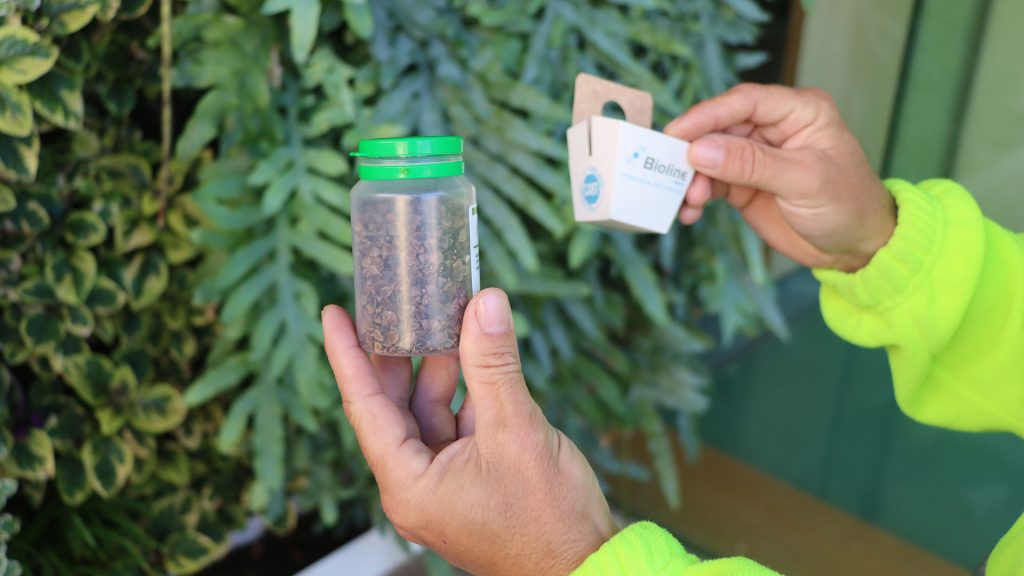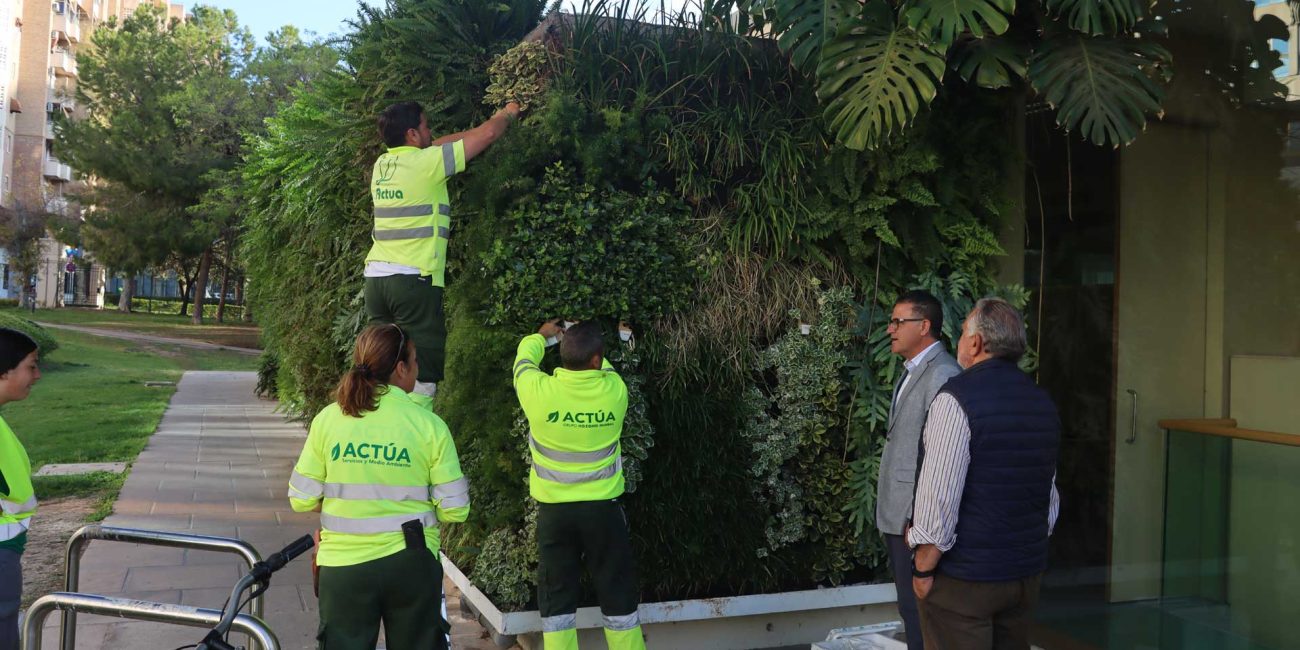The Benidorm City Council’s Department of Parks and Gardens is employing a variety of biological techniques to manage insect pests that threaten a considerable portion of the municipality’s trees, as well as the plants and shrubs in the gardens, each year. The coming of spring and the approaching summer are the most favourable seasons of year for pest development in trees and gardens, as warm and humid climatic conditions promote their reproduction and activity.
To reduce the impact of these pests on the municipal green heritage, the City Council uses “biological control,” which involves the use of living organisms, such as “useful fauna, predators, parasites, or pathogens that are used to eliminate pest populations that affect ornamental plants, whether trees or shrubs,” according to José Ramón González de Zárate, Councillor for Parks and Gardens. Using this method, the city stays a “phosphate pesticide-free zone,” according to the councillor.
Beneficial insects are released from abundantly planted streets and highways, including Secretaría Juan Antonio Baldoví, Alcalde Vicente Pérez Devesa, Francia, and flowerbed regions. These trees include jacarandas, tipuanas, ficus trees, rosebushes, and cypress.
This technique has also been used in the parks of Sèquia Mare, Rincón de Loix, La Cala urban park, and the remainder of the rose gardens. González de Zárate mentioned the employment of insects like ladybirds to manage aphids, parasitic wasps (parasitic) that lay their eggs within caterpillars, and fungi and bacteria that infect dangerous insects. “These techniques offer only advantages because they do not contaminate the environment at all, and you can almost say that for every pest there is an insect, without affecting other species, since each predator has its preference,” according to the councillor.

The employment of these beneficial insects has long-term effects, beginning with the organism’s establishment in each garden and on each plant type. In Benidorm, aphids frequently colonise jacaranda and tipuana trees, while thrips prefer ficus. “We use this beneficial fauna to keep the most harmful insects at bay,” the councillor explained.
The City Council uses various types of insects depending on the specific specimens and species it aims to conserve. Lacewings attack aphids, caterpillars, thrips, scale insects, and other soft-bodied insects; coccinellids consume mites and scale insects; phitoseid mites combat red spider mites; and the aforementioned parasitoid wasps consume whiteflies and aphids.
According to González de Zárate, utilising these tactics has apparent benefits because it “reduces the use of chemical insecticides on trees and flowerbeds, thus protecting pollinators.” It also increases the sustainability of decorative crops and, most importantly, protects citizens’ health by avoiding exposing them to any toxins.









No Comment! Be the first one.